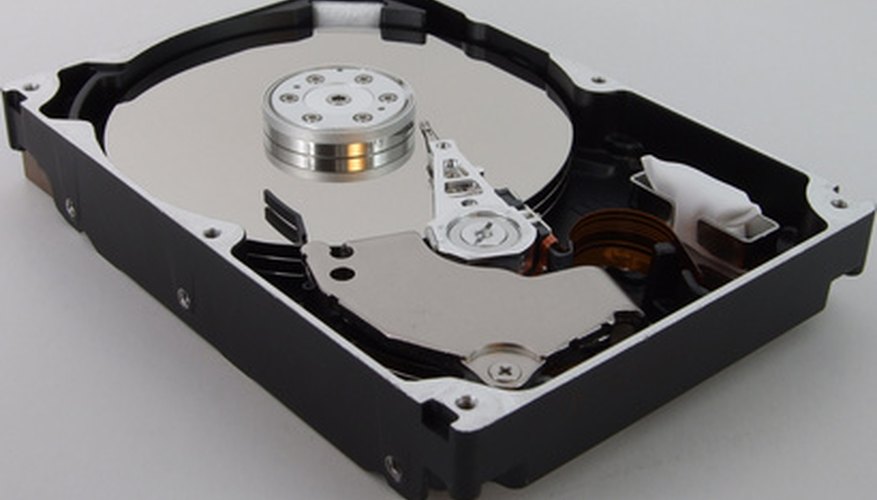A media player holds anything from audio to video files and plays the data either through a built-in program, or via software installed on a computer. Although most media players are factory created, it is possible to convert an external hard drive into your own media player, so every time it is connected to a computer the video or audio files automatically begin to play.
Connect the hard drive to your computer system via the provided USB data cable. Plug one end of the cable into a USB port on the hard drive, then plug the other end of the cable into a USB port on the computer.
Click "Start," then select "(My) Computer" and double-click the removable device icon. A window loads with all the files currently stored on the hard drive.
Remove all files that are not media based from the hard drive. If you want, you are able to back up the data by clicking-and-dragging the files onto the desktop.
- A media player holds anything from audio to video files and plays the data either through a built-in program, or via software installed on a computer.
- If you want, you are able to back up the data by clicking-and-dragging the files onto the desktop.
Copy all audio or video files directly to the hard drive (click-and-drag the files into the open window). Once you have finished copying the files, right-click the removable device icon and select "Eject" from the pull-down menu. Disconnect the hard drive from the computer for the time being.
Restart the computer, then connect the hard drive to the system. In a moment, an AutoPlay window loads. Select the media player software installed on the computer from the programming selections and the files on the hard drive automatically begin to load, then play on the computer screen.
